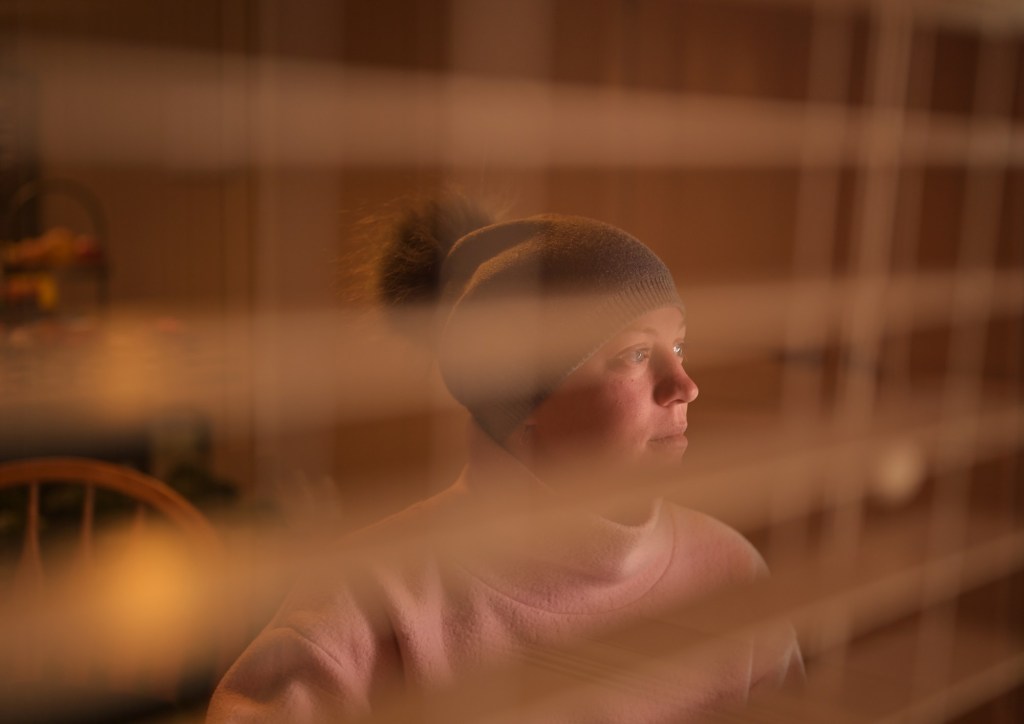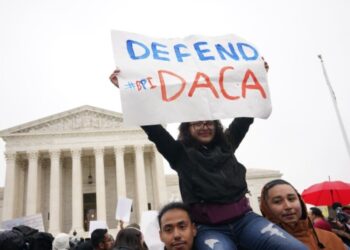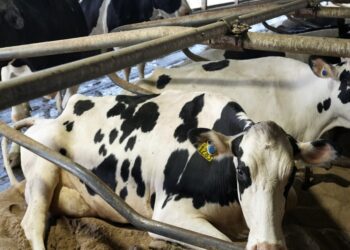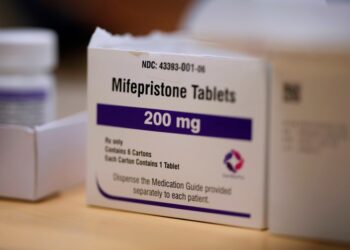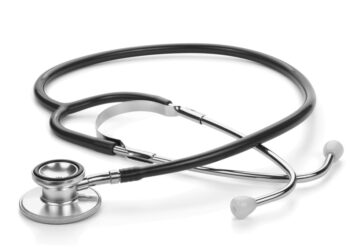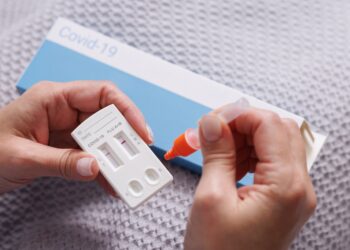Devon Brown knew not to ignore it when she found a lump in her breast that just didn’t seem quite right.
“It felt very round and hard, so that was pretty abnormal,” she said.
A biopsy confirmed she was right to worry: the lump was cancerous. And so Brown, a 22-year-old Loveland resident, joined the unenviable, growing group of young people fighting cancers that generally had been considered diseases of later life.
Nationwide, the rate of cancers before age 50 increased about 4.4% in women from 2010 to 2019, but decreased about 4.9% in men. Breast cancer accounted for the largest share of early diagnoses, though rates increased faster for cancers of the digestive system. Most of the increase came from people in their 30s, with rates holding steady for other groups.
It’s not just an American phenomenon, either: cancer diagnoses worldwide in people between 14 and 49 increased 79% between 1990 and 2019, according to a study in the British Medical Journal of Oncology. Some of the increase may reflect that more people are being screened for cancers before age 50 — meaning more tumors are likely to be found — but the study’s authors suggested other factors also are involved.
Dr. Virginia Borges, director of the Young Women’s Breast Cancer Program at UCHealth, said that while breast cancer is most common in older women, about 27,000 patients under 45 are diagnosed each year nationwide. It is significantly rarer in women in their 20s, and those who develop breast cancer that young usually have a clear genetic predisposition, she said.
That was the case for Brown. She knew she had a family history of cancer and was planning to get genetic testing, even before her diagnosis. When she did get tested later, she found out she had a variant of the BRCA1 gene that increases the risk of breast and ovarian cancers. She opted to get a double mastectomy, and might have surgery to prevent ovarian cancer in the future.
“It scares me more to possibly have to go…
Read the full article here

